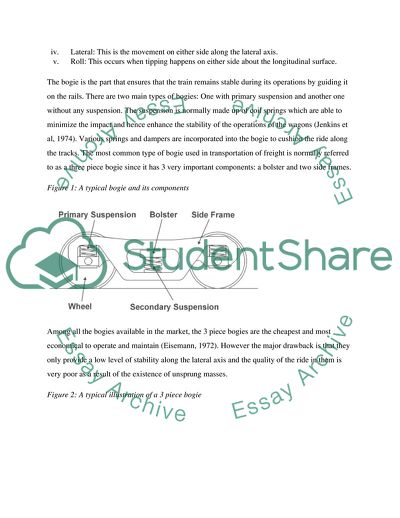Cite this document
(The Complex Rail System of Transport Coursework Example | Topics and Well Written Essays - 2750 words, n.d.)
The Complex Rail System of Transport Coursework Example | Topics and Well Written Essays - 2750 words. https://studentshare.org/engineering-and-construction/1852092-rail-track-design
The Complex Rail System of Transport Coursework Example | Topics and Well Written Essays - 2750 words. https://studentshare.org/engineering-and-construction/1852092-rail-track-design
(The Complex Rail System of Transport Coursework Example | Topics and Well Written Essays - 2750 Words)
The Complex Rail System of Transport Coursework Example | Topics and Well Written Essays - 2750 Words. https://studentshare.org/engineering-and-construction/1852092-rail-track-design.
The Complex Rail System of Transport Coursework Example | Topics and Well Written Essays - 2750 Words. https://studentshare.org/engineering-and-construction/1852092-rail-track-design.
“The Complex Rail System of Transport Coursework Example | Topics and Well Written Essays - 2750 Words”. https://studentshare.org/engineering-and-construction/1852092-rail-track-design.


